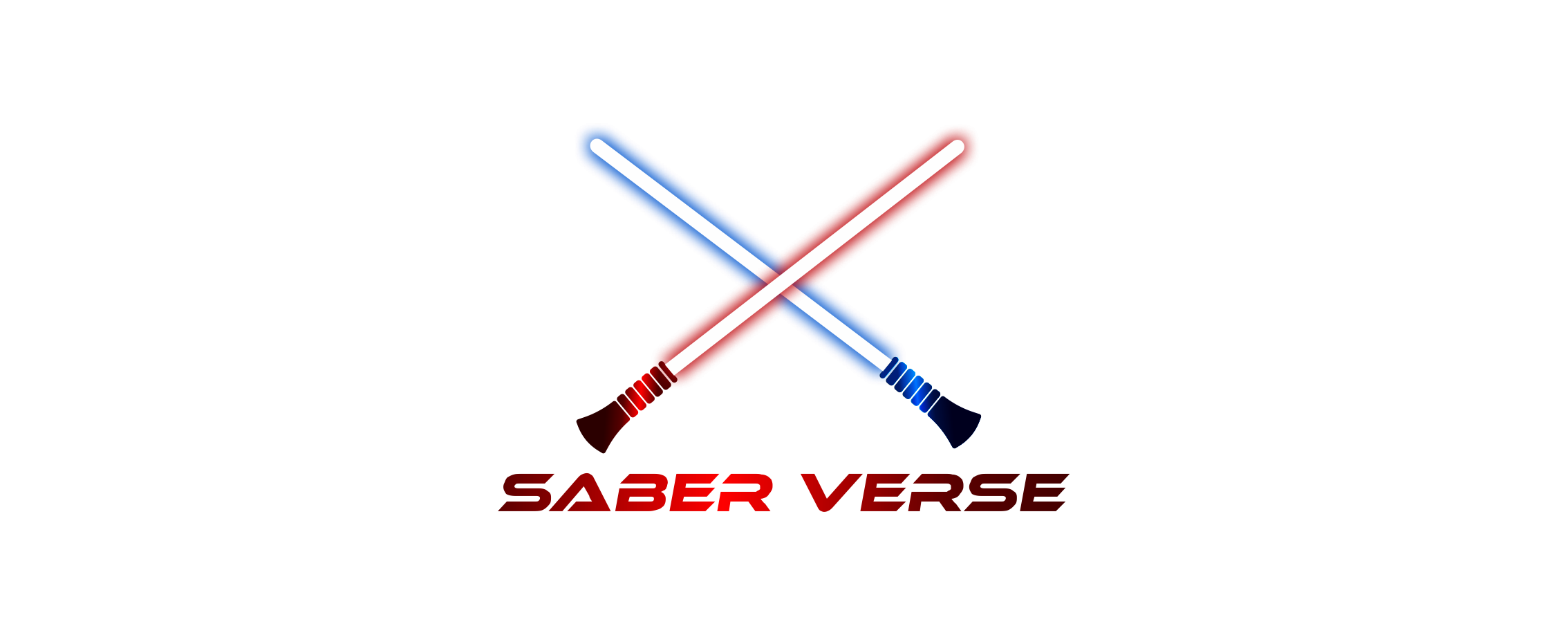Overview
In the expansive universe of Star Wars, lightsaber combat is an essential skill for Jedi and Sith warriors. Throughout history, seven distinct lightsaber combat forms, also known as the lightsaber forms, have been developed. Each form emphasizes different aspects of combat and has been practiced by notable Jedi and Sith masters. Join us as we explore these lightsaber combat styles, learn about the famous wielders who have mastered them, and compare their unique strengths and weaknesses.
Form I: Shii-Cho
Shii-Cho, the oldest and most basic form, focuses on wide, sweeping movements. Nearly every Jedi begins their training with Shii-Cho, making it a foundational style. The goal of Shii-Cho is to disarm opponents without causing severe harm. Notable Jedi practitioners include Obi-Wan Kenobi, who employed it during the Battle of Geonosis, and many Jedi seen during the Clone Wars. While it is effective against multiple opponents, it can be less effective against faster and more agile fighting styles.
Form II: Makashi
Makashi is an elegant and precise form that emphasizes lightsaber-to-lightsaber combat. Known for its dueling capabilities, this style was popular among Jedi during the era of the Sith. Count Dooku, a prominent Sith Lord and former Jedi Master, was a master of Makashi. Master Ki-Adi-Mundi was also skilled in this refined form. While Form II excels in one-on-one duels, it may be less effective against multiple opponents or blaster fire.
Form III: Soresu
The most defensive of the lightsaber forms, Soresu was developed to counter aggressive tactics and blaster fire. Obi-Wan Kenobi, known for his exceptional defensive skills, utilized Soresu during his duel against Darth Vader on Mustafar. Master Depa Billaba, who trained Kanan Jarrus (Caleb Dume), was another proficient user of Form III. Soresu's emphasis on defense makes it highly effective against blasters and multiple opponents, but it may lack the offensive capabilities of other forms.
Form IV: Ataru
Form IV, also known as Ataru, is an acrobatic and aggressive style that emphasizes speed and agility. Master Yoda, renowned for his incredible acrobatics, was a prominent practitioner of Ataru. Anakin Skywalker adapted elements of Form IV to create his personalized fighting style, incorporating fast-paced movements to counter blaster fire during the Clone Wars. Ataru's offensive prowess is unmatched in one-on-one duels, but its reliance on acrobatics can leave practitioners vulnerable to counterattacks.
Form V: Shien & Djem So
Form V consists of two complementary styles: Shien and Djem So. Shien emphasizes deflecting blaster bolts back at attackers, while Djem So focuses on powerful counterattacks. Anakin Skywalker extensively used a variant of Form V, and his skilled Padawan, Ahsoka Tano, favored Djem So with her dual lightsabers. Form V's balance between offense and defense makes it versatile in various combat situations, but its practitioners must be skilled in both aspects to maximize its effectiveness.
Form VI: Niman
Form VI, also known as Niman, is a balanced style that draws from various lightsaber techniques. Practitioners seek harmony between offense and defense. Darth Maul showcased the use of Niman during his duel against Qui-Gon Jinn and Obi-Wan Kenobi on Naboo. Niman's versatility allows users to adapt to different opponents and combat scenarios, but its balanced nature may lack the specialization seen in other forms.
Form VII: Juyo (or Vaapad)
The most aggressive and controversial of the lightsaber forms, Juyo (or Vaapad) relies on channeling emotions and aggression into combat. Mace Windu, a highly skilled Jedi Master, developed a modified form known as Vaapad. His unique style allowed him to walk the fine line between the light and dark sides of the Force, making him an exceptional combatant. Form VII's relentless offense can overwhelm opponents, but its emphasis on aggression may leave practitioners vulnerable to the temptations of the dark side.
Conclusion
The lightsaber combat styles in Star Wars are a testament to the rich diversity of Jedi and Sith traditions. We can see many Jedi and Sith with the same lightsaber colors use the same forms of combat. Each form offers distinct advantages and disadvantages, making them suitable for different combat scenarios and personalities. From the disciplined Soresu of Obi-Wan Kenobi to the aggressive Vaapad of Mace Windu, each style reflects the unique approach and mastery of its practitioners. By understanding and mastering these distinct styles, the Jedi and Sith have wielded the lightsaber, the iconic weapon of a more civilized time, throughout the ages.


